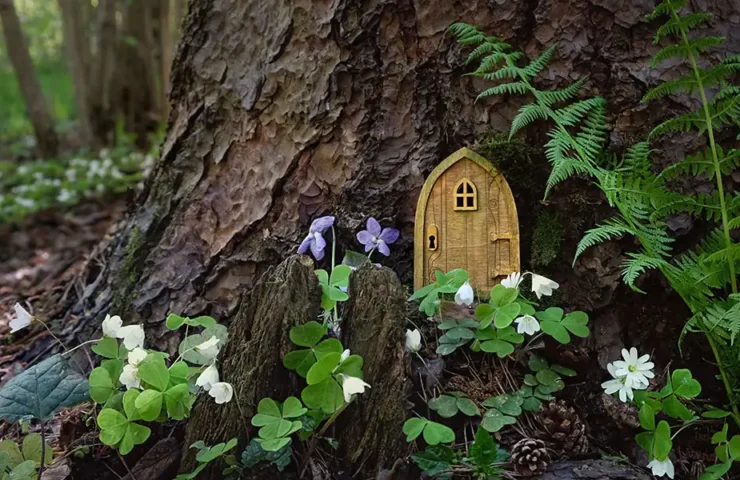
Herbs are some of the most forgiving, beginner-friendly plants you can grow. They don’t need much space, they thrive in containers or raised beds, and most are naturally pest-resistant. Plus, herbs can be both culinary powerhouses and natural remedies!
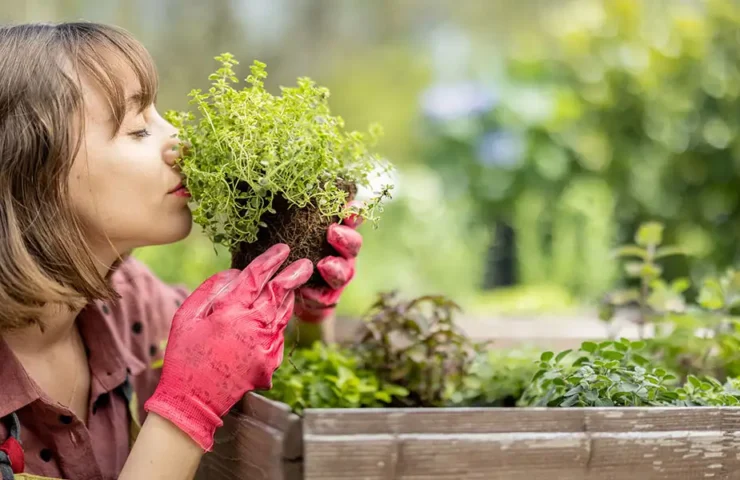
Herbs are some of the most forgiving, beginner-friendly plants you can grow. They don’t need much space, they thrive in containers or raised beds, and most are naturally pest-resistant. Plus, herbs can be both culinary powerhouses and natural remedies!
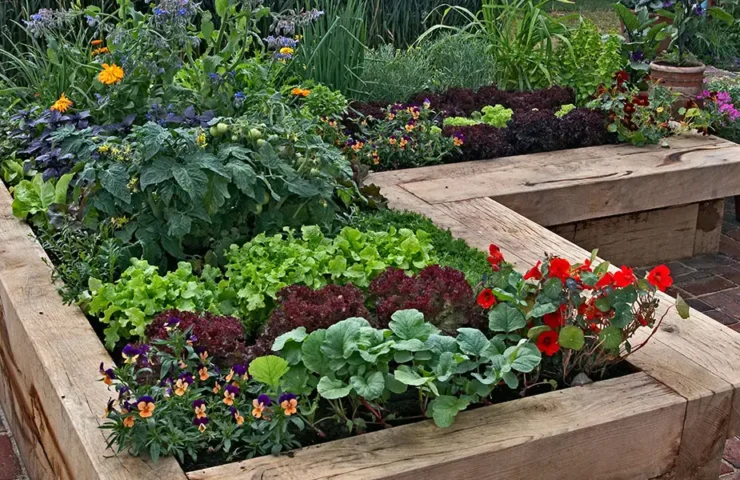
A raised bed can help you control the soil mix and quality, are less prone to weed invasion, are easier to keep pests out of, give you an earlier start in spring and lasts longer into fall, and are easier on your body with less bending and kneeling. Yes!
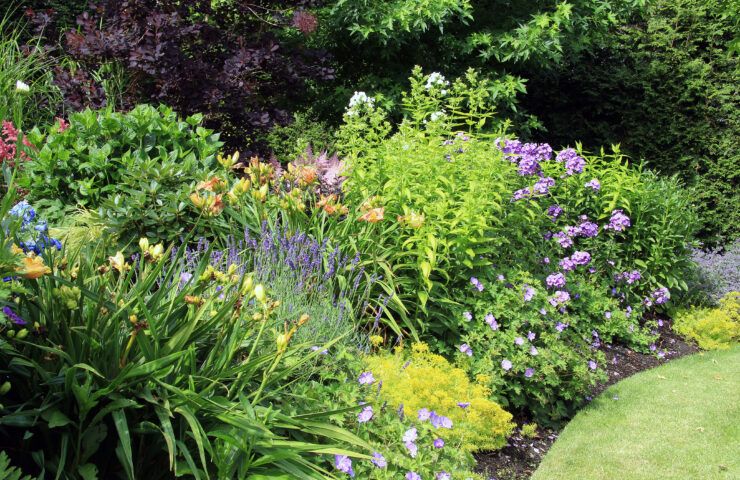
A perennial flower garden isn’t just about plants—it’s about creating a living, breathing space that brings you joy year after year. Whether you have a sprawling backyard or a cozy front yard bed, perennials offer beauty, resilience, and a lasting connection to nature.
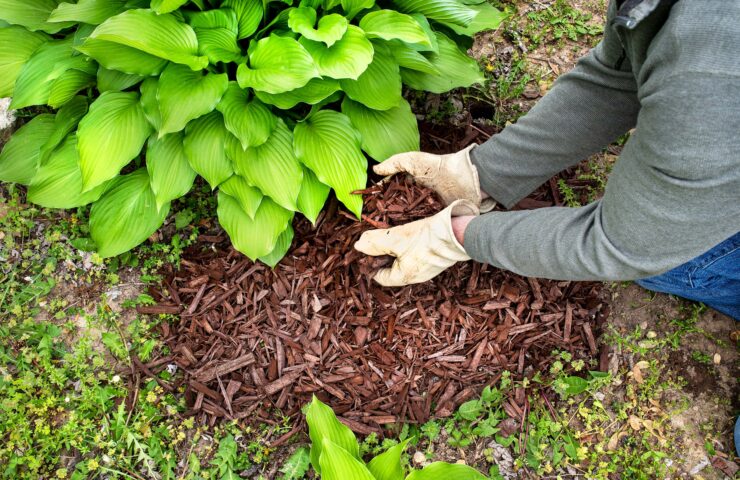
Think of mulching as part of your garden’s self-care routine. It’s not a flashy step, but it lays the groundwork — literally — for healthier plants, easier maintenance, and more beauty with less effort. And over time, your soil will become richer, looser, and more full of life.
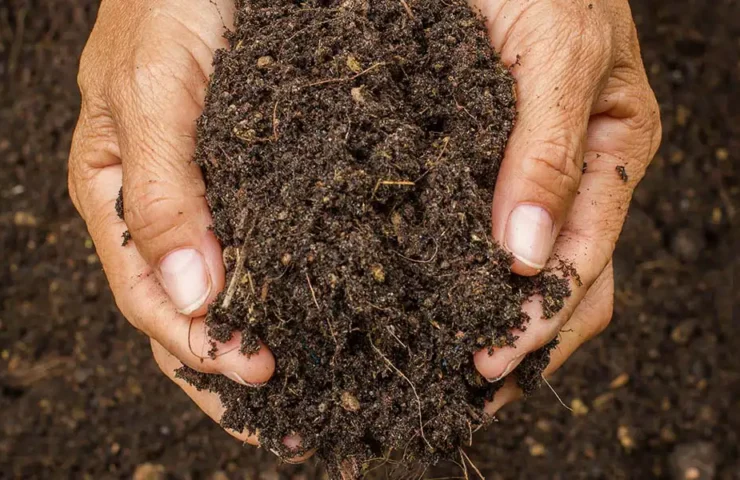
Healthy soil is the foundation of successful gardening, and compost is one of the best ways to enrich and maintain it. Whether you’re a beginner gardener or someone interested in nurturing plants, understanding composting and its impact on soil health is essential.
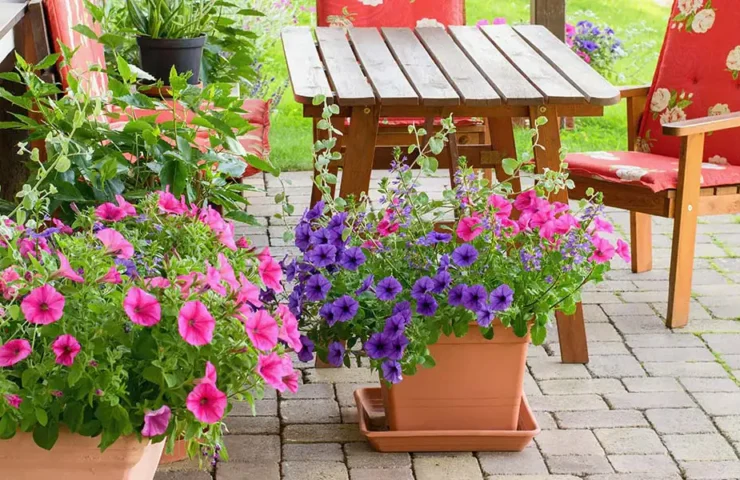
Container gardening is one of the easiest and most versatile ways to add beauty and bring color, texture, and personality to your patio and other outdoor living spaces.
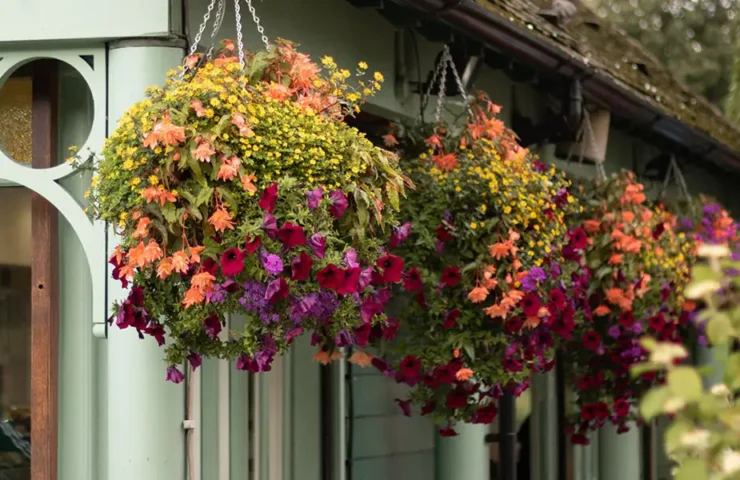
Whether you want a cascade of vibrant flowers, lush greenery, or a mix of both, hanging baskets bring elegance, texture, and life to your outdoor space.
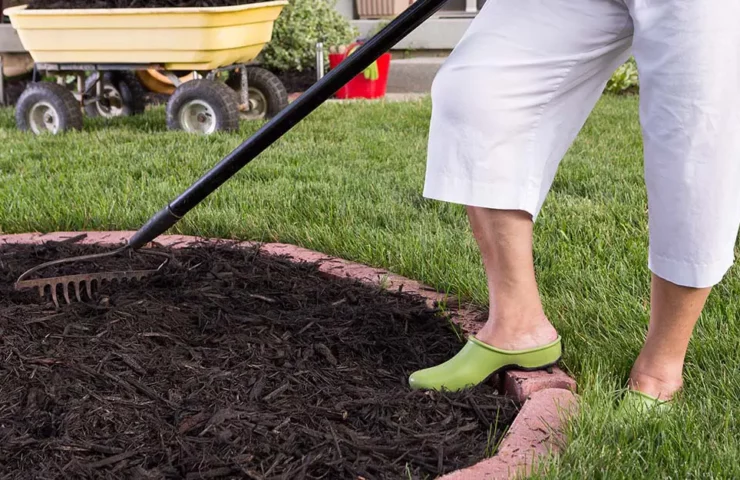
How much mulch do I need? What is the best kind of mulch to use? What kinds of mulch are there? We have answers to your mulching questions!
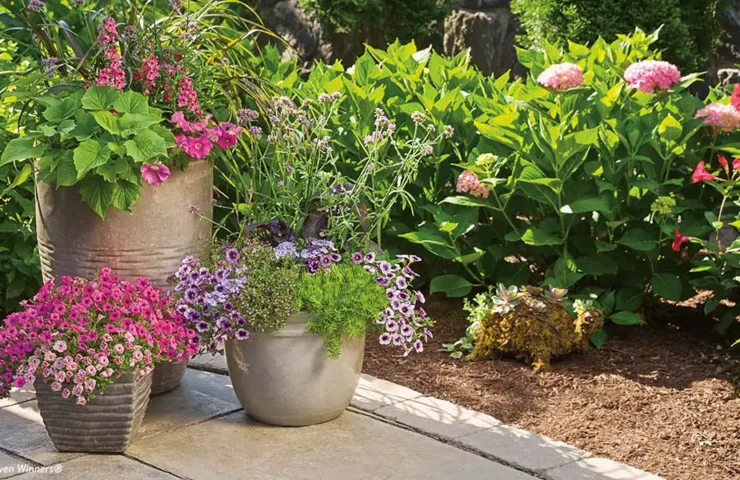
Turn your patios, balconies, and entryways into dynamic landscapes bursting with color, texture, and architectural drama with container scaping!
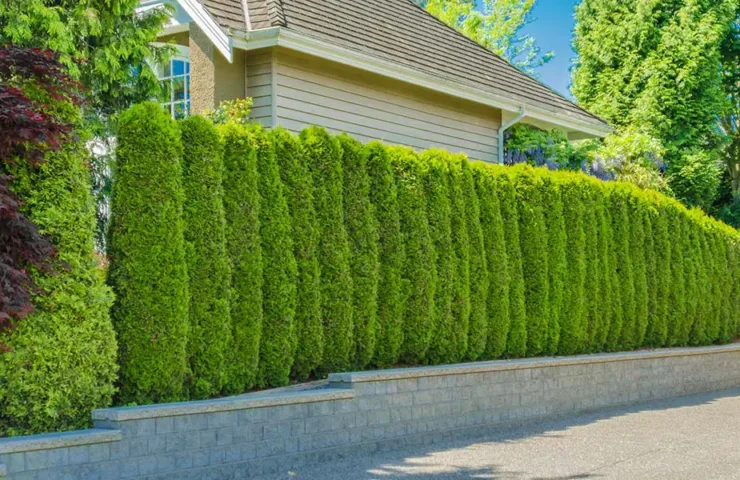
Living fences, composed of trees, shrubs and plants, offer a lush, eco-friendly, and visually appealing alternative to traditional fences. See what shrubs might work best for you and tips for taking care of them…
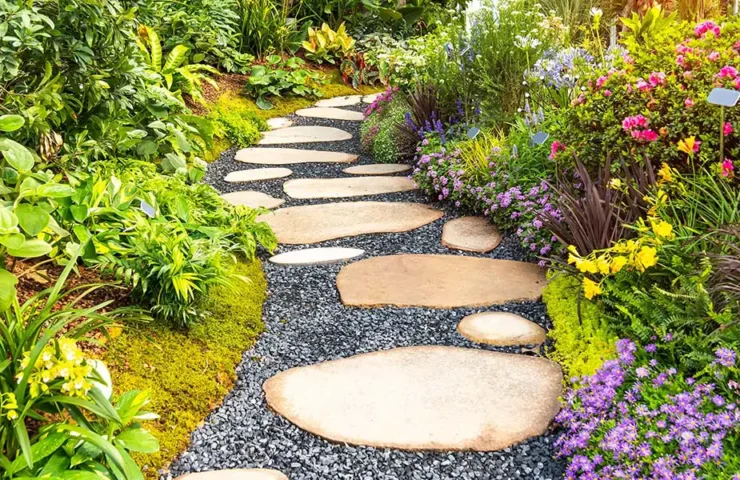
When you know the six basics of gardening, including how plants grow, what they need to thrive, and how to care for them, you can get more confident and enhance your enjoyment of plants!
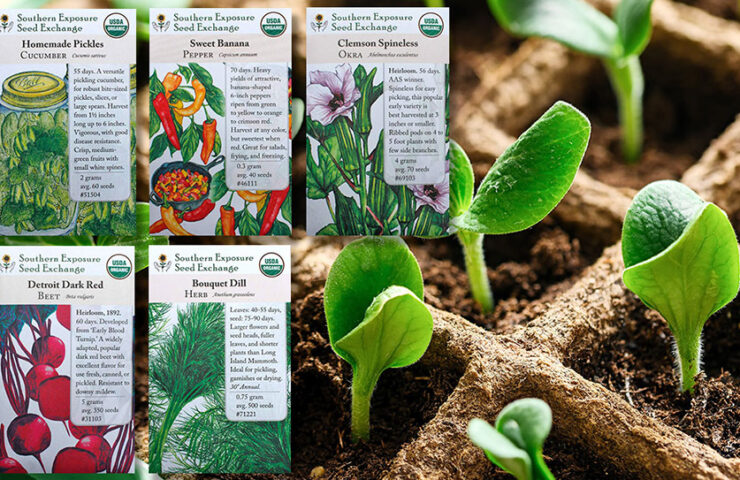
Growing your own vegetables from seed can be rewarding and cost-saving! Get our easy-reference Vegetable Seed-Planting Guide.
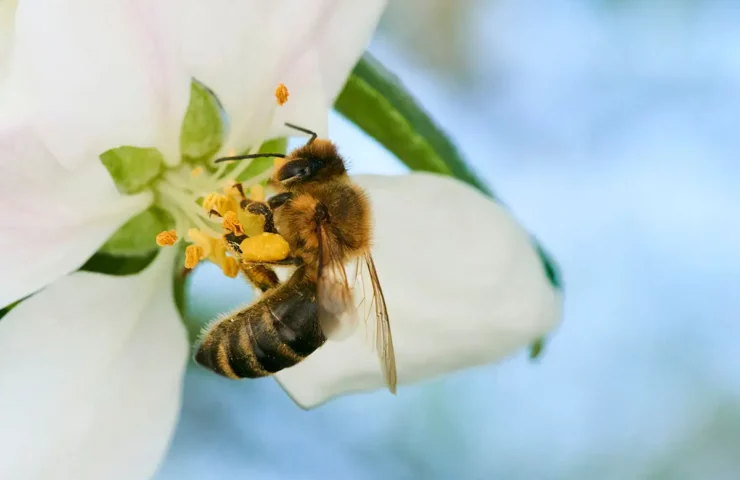
Did you know that pollinators are responsible for bringing us one out of every three bites of food? It’s their critical participation in pollinating flowering plants that make this possible. In addition to the food we eat, pollinators support healthy ecosystems that clean the air, stabilize soils, protect from severe weather, and support other wildlife.
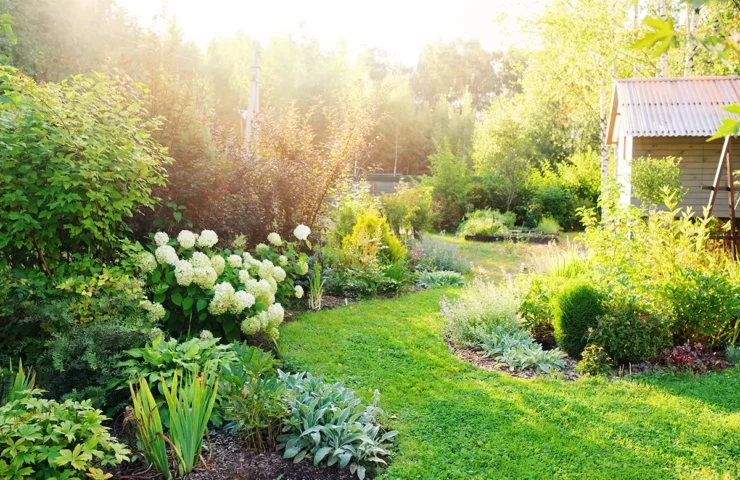
Waiting for spring to arrive? There are plenty of things we can do now to plan for a new, a better, a more fruitful season in our gardens. It’s time to start planning!
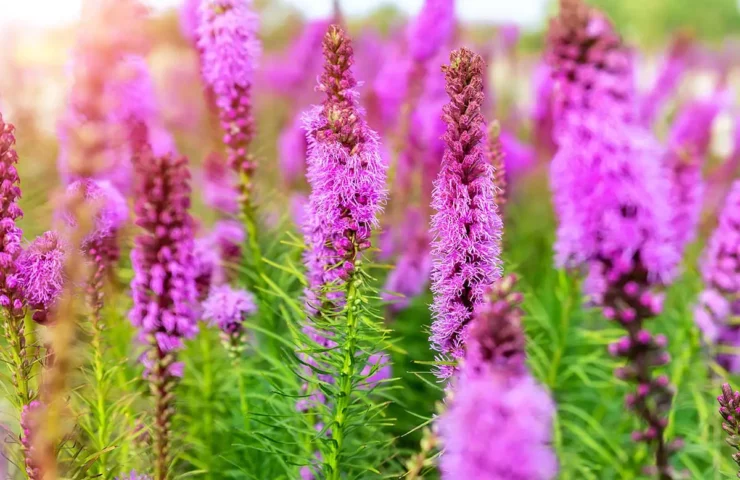
If you’re on the fence about all this “going native” talk, and not sure its worth the effort to choose native plants, this is the read for you!
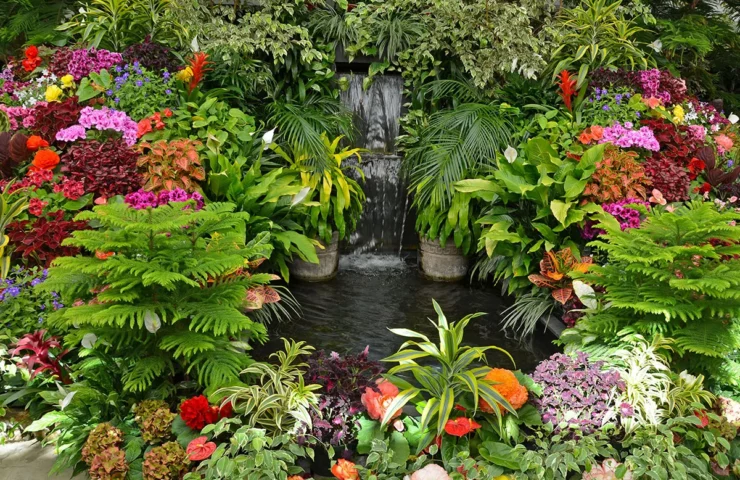
When designing your garden’s color pallette, use color-wheel theories for a stronger, more focused theme. Check out these inspirational gardens.
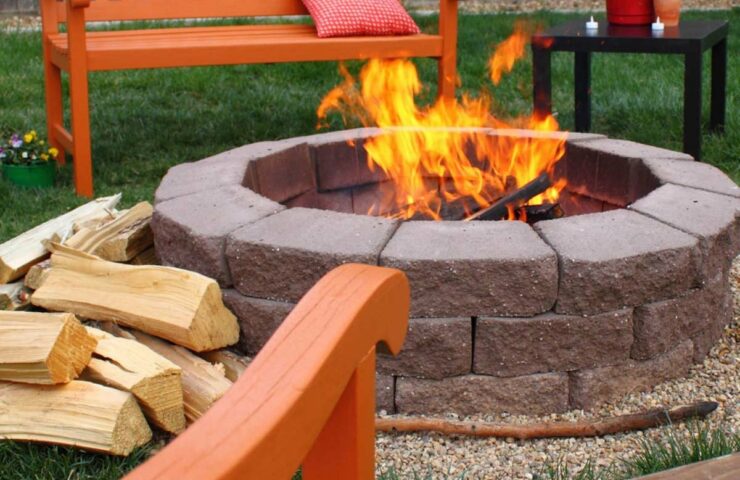
Fire pits are not too difficult to build and you don’t need any fancy equipment. We’ll walk you through the steps to do it yourself…
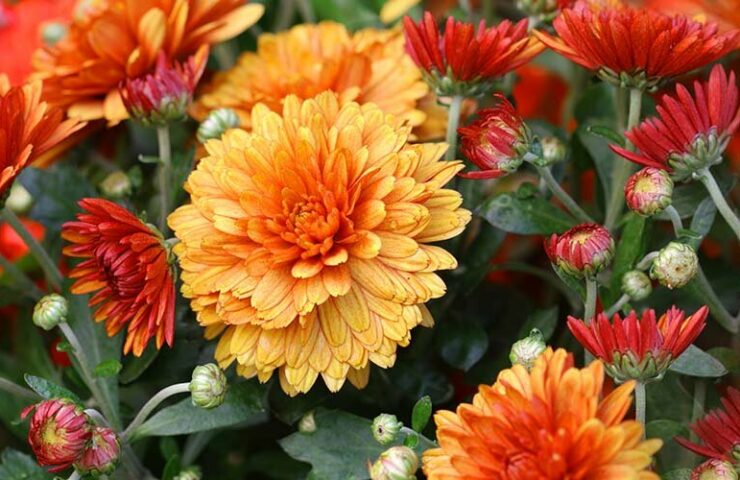
In our zone 7 area here in Reston, Virginia area, we are crazy about these show-off plans for fall garden beauty. Mums, violas, pansies, flowering kale and croton are a few of our favorites. See how these can liven up your fall garden.
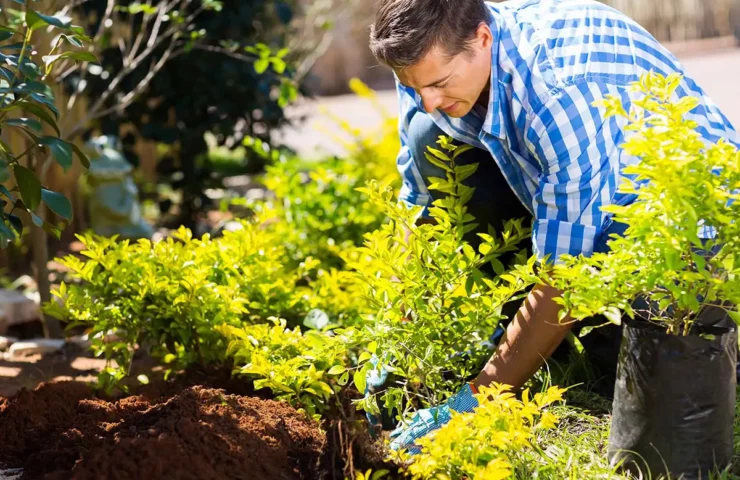
As our planet faces the challenges of changing weather patterns and warming temperatures, it’s becoming increasingly important to adapt our gardening practices to ensure sustainability. One of the most effective ways to create a resilient and beautiful outdoor space is through xeriscaping.
